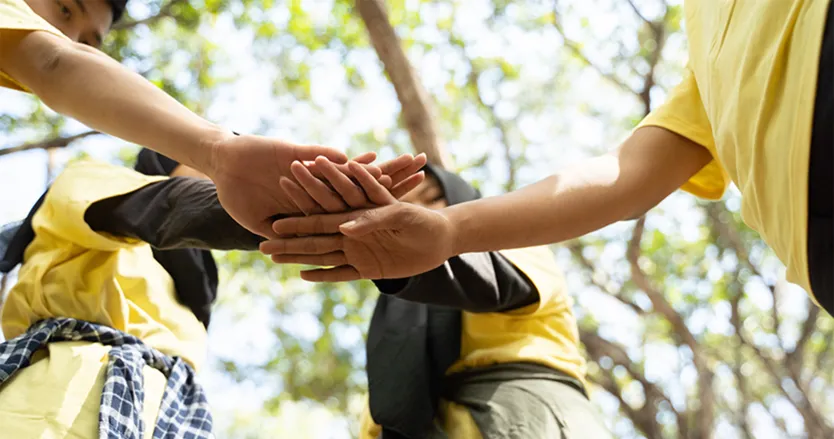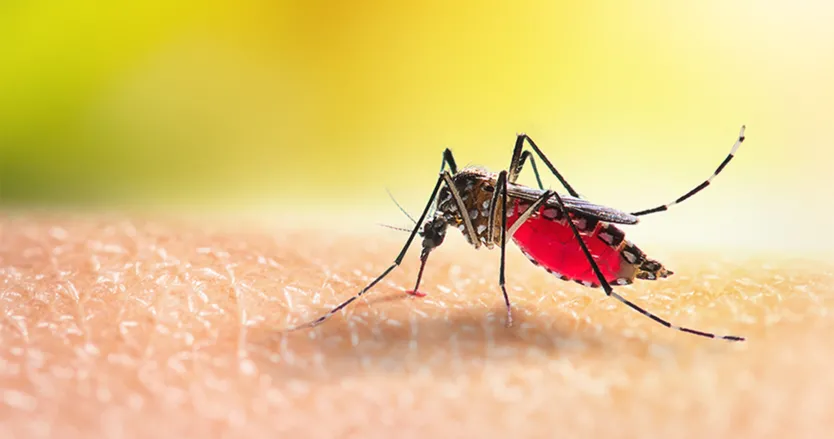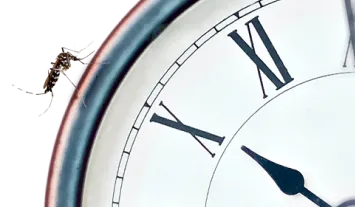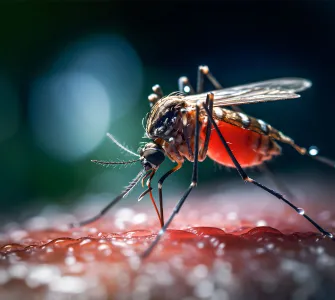Dengue doesn’t always play fair with children: help keep your precious ones safe from this disease

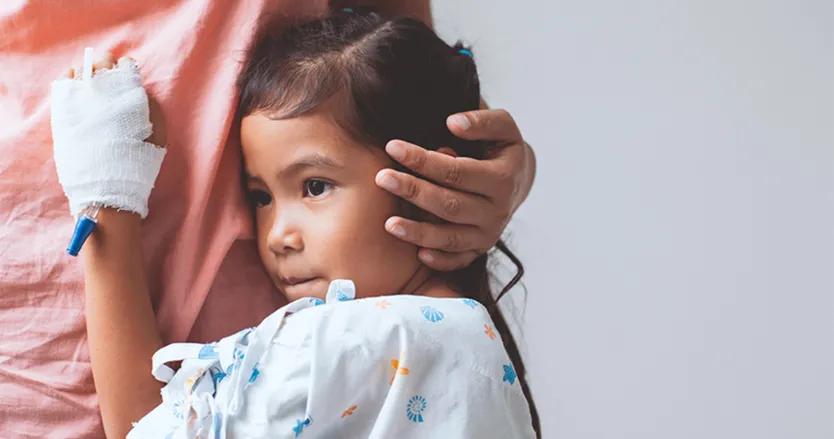
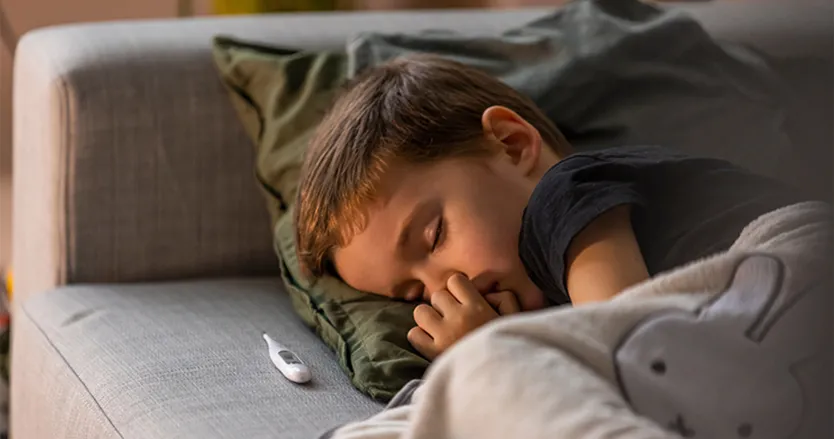
Dengue is a flu-like disease that can infect humans who are bitten by Aedes mosquitoes which carry the virus. It is widely spread in tropical and subtropical regions.1,2 Unfortunately, children can get a raw deal when it comes to dengue compared with adults. Dengue can affect more children than adults and tends to be more severe (especially in infants), leaving them with a greater risk of developing complications.1,3-5
Tiny targets: dengue disproportionately affects children
In dengue-endemic countries, the vast majority of dengue cases occur in children – with up to 95% of all dengue cases being found in children less than 15 years of age.3,4 Even so, the true number of cases in children may be under reported. This is because children with mild dengue infections do not generally require hospitalization, meaning mild and asymptomatic infections are often not detected or recorded by public health surveillance systems.3
A silent operator
Around 3 in 4 children who get dengue won’t have symptoms, meaning it can be hard to know if your child has dengue at all.1 Silent infections with no symptoms may sound like a good outcome, however, this too can cause issues. A second dengue infection is more likely to be severe than the first and can increase the likelihood of life-threatening complications.6,7 For infections that go unnoticed the first time, people may not show as much caution and preparation to avoid reinfection compared with infections that do cause symptoms. Silent infections mean those at risk are given no warning to help protect themselves in future.
For those children that do have symptoms, the most common include high fever, headache, body aches, nausea, and rash.1 While these symptoms can be distressing, most children recover in the space of 1–2 weeks.1
Dengue can sometimes be deadly: its risk should not be underestimated
Unfortunately, some children occasionally develop severe dengue and need care in a hospital – in certain cases dengue can be fatal.1,2,5 Dengue is in fact, one of the leading causes of death among children in Southeast Asia.5
Dengue tends to be more severe in children than adults
Studies have reported that infants under 1 year and children aged 4–9 years old mainly carry the burden of severe dengue.3,5,6 The reasons for this are still being investigated. A study in Nicaragua of children and adults with dengue infection found that signs of severe dengue were present in over half the children, but only in a third of the adults.6
There are several possible reasons that could make young children more vulnerable than adults to severe dengue infection. For example, their immature immune systems can make them more susceptible to the virus. Their smaller body size and weight means that they are more likely to experience severe symptoms. Also, their tendency to play outdoors, can increase their exposure to mosquito bites.8,9
As mentioned earlier, one factor that can increase dengue severity, in both children and adults is reinfection. Because of how the immune system reacts to the dengue virus, a secondary infection can often be more severe than the first.5-7
Children with dengue are not always diagnosed straight away, meaning precious treatment time can be lost
Dengue is difficult to diagnose in children, as its symptoms can resemble other viral illnesses.1,10 Although there are diagnostic tests, the costs, waiting time, and large case numbers mean that physicians must often rely on symptoms alone.3,11 This can lead to issues, as even short delays in dengue diagnoses and treatment can increase the chance of developing severe disease or even life-threatening complications.12,13
The good news is that most children recover from dengue when it is recognized and treated early
It is essential to recognize the early signs of dengue in your child so that vital supportive treatment can be started straightaway. Early diagnosis and prompt treatment could make a world of a difference to your child’s health.12,14 Studies have linked fatal outcomes in dengue to levels of awareness of this disease and care-seeking behavior.15
References
UNICEF South Asia. Available at: https://www.unicef.org/rosa/stories/dengue-how-keep-children-safe. Accessed: December 2023.
European Centre for Disease Prevention and Control. Available at: https://www.ecdc.europa.eu/en/dengue-fever/facts. Accessed: December 2023.
Verhagen LM and de Groot R. J Infect. 2014;69 Suppl 1:S77-86.
Bhattacharya MK, et al. Int J Biomedical Science. 2013;9(2):61-67.
Khan MAS, et al. BMC Pediatr. 2021;21(1):478.
Hammond SN, et al. Am J Trop Med Hyg. 2005;73(6):1063-70.
BBC. Available at: https://www.bbc.co.uk/news/world-asia-india-58387520. Accessed: December 2023.
Constantino BT. Philippine Journal of Health Research and development. 2023; 27(1). Available at: https://pjhrd.upm.edu.ph/index.php/main/article/view/697. Accessed: December 2023.
Save the Children. Available at: https://www.savethechildren.net/news/least-113-children-die-dengue-bangladesh-deaths-surge-record-high Accessed: October 2023.
Santos CY, et al. A machine learning model to assess potential misdiagnosed dengue hospitalization. Heliyon. 2023;9(6):e16634.
World Health Organization. Dengue and Severe Dengue. Available at: https://www.who.int/news-room/fact-sheets/detail/dengue-and-severe-dengue Accessed: December 2023.
Phakhounthong K, et al. BMC Pediatr. 2018;18(1):109.
Mallhi, TH. et al. Clin Ep and Glob Health. 2016;4(4):200-201.
Wong PF, et al. 2020;13(2):193-198.
Carabali M, et al. BMC Infect Dis. 2015;15:301.
Krishnan N, et al. Am J Trop Med Hyg. 2012;86(3):474-6.
Choi SH, et al. Korean J Pediatr. 2010;53(6):701-4.
Traveling with children to a dengue endemic region? Don’t get caught out: know the risk
The world is becoming a smaller place. Increasing global movement has meant more and more children are traveling to areas with a risk of dengue.16 It is, therefore, more important than ever for parents to be aware of the threat.
One study found that dengue fever was one of the most common causes of fever and illness among children returning from warm, wet climates (other than Africa).3 In particular, children visiting friends and relatives abroad were at risk, possibly because they are more likely to go to locations without mosquito control measures in place.3 Visiting children can also be at risk for severe dengue complications. According to a study in the Caribbean, following eight visiting children diagnosed with dengue, well over a third developed a complicated course of disease.16
Off the doctor’s radar: Dengue can be difficult for doctors to spot in children who return from dengue endemic regions
Dengue can be hard to diagnose because its signs and symptoms can be easily confused with those of other infectious diseases.10 However, in children returning to non-endemic countries, it can be even more difficult to spot. This is because doctors may not routinely suspect dengue fever in children with typical signs and symptoms.17
Leading by example is one of the most important things you can do when protecting your child from dengue abroad
Talk to your children about how mosquitoes can cause sickness and the importance of taking steps to help protect themselves from mosquito bites, like wearing protective clothing and using mosquito repellents when going outdoors.1
References
UNICEF South Asia. Available at: https://www.unicef.org/rosa/stories/dengue-how-keep-children-safe. Accessed: December 2023.
European Centre for Disease Prevention and Control. Available at: https://www.ecdc.europa.eu/en/dengue-fever/facts. Accessed: December 2023.
Verhagen LM and de Groot R. J Infect. 2014;69 Suppl 1:S77-86.
Bhattacharya MK, et al. Int J Biomedical Science. 2013;9(2):61-67.
Khan MAS, et al. BMC Pediatr. 2021;21(1):478.
Hammond SN, et al. Am J Trop Med Hyg. 2005;73(6):1063-70.
BBC. Available at: https://www.bbc.co.uk/news/world-asia-india-58387520. Accessed: December 2023.
Constantino BT. Philippine Journal of Health Research and development. 2023; 27(1). Available at: https://pjhrd.upm.edu.ph/index.php/main/article/view/697. Accessed: December 2023.
Save the Children. Available at: https://www.savethechildren.net/news/least-113-children-die-dengue-bangladesh-deaths-surge-record-high Accessed: October 2023.
Santos CY, et al. A machine learning model to assess potential misdiagnosed dengue hospitalization. Heliyon. 2023;9(6):e16634.
World Health Organization. Dengue and Severe Dengue. Available at: https://www.who.int/news-room/fact-sheets/detail/dengue-and-severe-dengue Accessed: December 2023.
Phakhounthong K, et al. BMC Pediatr. 2018;18(1):109.
Mallhi, TH. et al. Clin Ep and Glob Health. 2016;4(4):200-201.
Wong PF, et al. 2020;13(2):193-198.
Carabali M, et al. BMC Infect Dis. 2015;15:301.
Krishnan N, et al. Am J Trop Med Hyg. 2012;86(3):474-6.
Choi SH, et al. Korean J Pediatr. 2010;53(6):701-4.
















